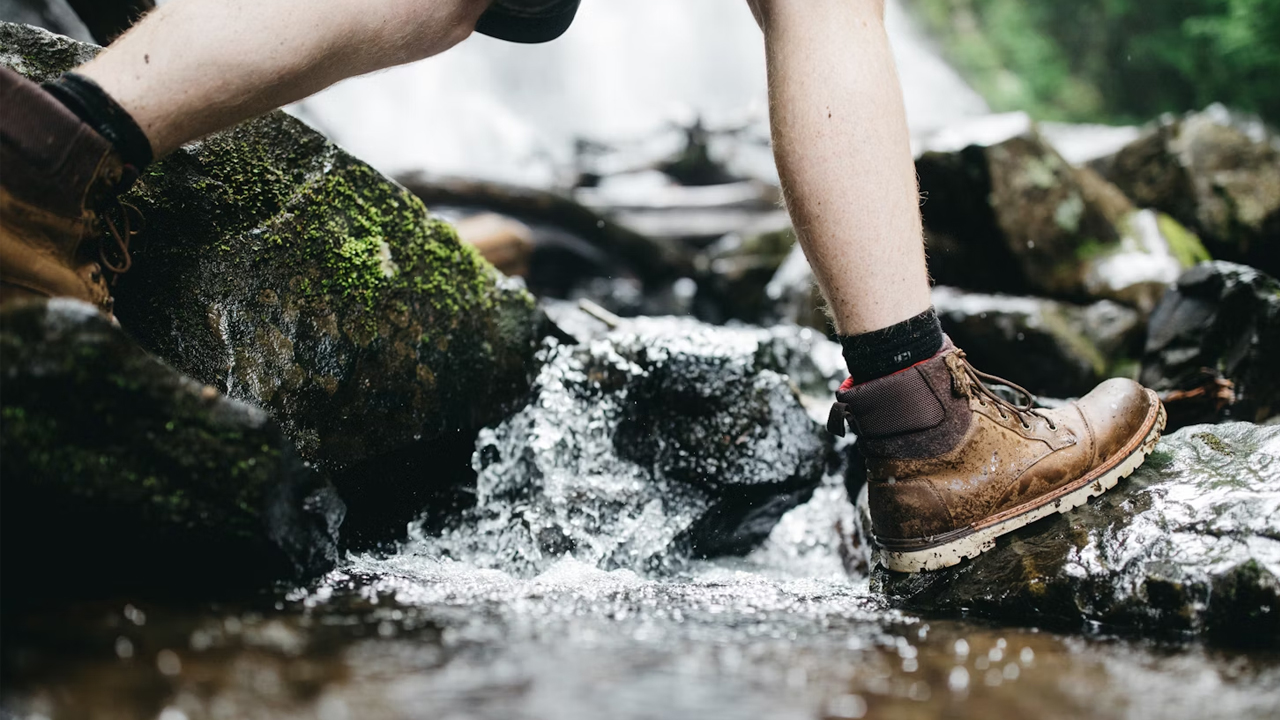Choosing the right hiking boots is key to enjoying your time on the trail. Wearing boots that don’t fit well or are not suited to your needs can lead to discomfort and even injury during your adventure.
Knowing when your hiking boots are wrong for you helps prevent pain and keeps your feet healthy on every hike. This article will guide you through common signs that indicate it might be time to rethink your footwear choice.
Persistent blisters in the same spots

If you keep getting blisters in the same places, your boots might not fit properly. It usually means there is too much friction or pressure on certain parts of your feet.
Try spotting where the blisters form and check if the boots are too tight or rubbing. Using moleskin or tape before hiking can help protect those areas temporarily.
Toes constantly hitting the front of the boot

If your toes keep hitting the front of your boots, it usually means the fit isn’t right. Your foot may be sliding forward inside the boot, especially on downhill sections.
This can happen if the boots are too big or not holding your heel securely. Try adjusting your lacing or consider a different size or model to prevent discomfort and blisters.
Numbness or tingling in your feet

If you notice numbness or tingling in your toes during or after a hike, your boots might be too tight. Shoes that press too much on your feet can reduce blood flow or compress nerves.
Check if your boots fit properly around the ball of your foot and toes. Sometimes wider boots or adjusting how tightly you lace them can help prevent this uncomfortable feeling.
Heel slipping causing blistering

If your heel slips inside your hiking boots, you’ll likely develop blisters. This movement creates friction and irritation on the back of your foot.
A proper fit should keep your heel snug without pinching. Wearing two pairs of socks can help reduce moisture and cushion your heel.
Adjust your lacing to lock your heel in place. If slipping continues, your boots might be too big or not shaped to your foot.
Ankle collar cushioning worn out

If you notice the padding around your ankle feels thin or flat, it’s a sign the cushioning is worn out. This can cause discomfort and reduce the support your boots provide.
Without proper ankle collar cushioning, your foot may rub against the boot, leading to blisters or irritation. Replacing boots with worn-out padding helps prevent injuries and keeps your hikes more comfortable.
Boots feel too tight or squeeze your foot

If your boots feel tight or pinch your foot, they’re likely too small or the wrong shape for you. Tight boots can cause discomfort and lead to blisters or pressure points.
You should feel snugness around your heel and midfoot, but not pain or a squeezing sensation. Your toes need a bit of wiggle room to move without hitting the front of the boot.
Stitching fraying or coming apart

If you notice the stitching on your hiking boots starting to fray or come undone, it’s a clear sign that your boots are wearing out. Loose stitching can lead to bigger problems, like the sole separating from the upper.
Worn stitching means your boots may no longer protect your feet properly. It’s a good idea to check this regularly, especially after long hikes. When stitching fails, it’s time to think about replacing your boots to avoid discomfort or injury.
Sole separating from the boot

If you notice the sole starting to pull away from your boot, it’s a clear sign they aren’t holding up. This kind of damage can affect your stability and comfort on the trail.
Wearing boots with a separating sole can lead to uneven footing and even injuries. It’s best to replace them before the issue gets worse.
Worn-out tread like a bald tire

If your boot tread looks flat or worn down, it’s time to pay attention. Think of it like a bald tire—it won’t grip the trail well anymore.
You might notice slipping more often, especially on wet or uneven surfaces. This loss of traction can make hiking more difficult and less safe.
Replacing boots before the tread gives out completely helps keep your footing secure and comfortable on every hike.
Boots no longer waterproof

If your boots don’t keep water out like they used to, it’s a clear sign they might be the wrong choice for your hikes. Wet feet can lead to discomfort and even blisters.
Waterproofing can wear off over time, especially if the material cracks or the seams weaken.
You can try reapplying a waterproof treatment, but if water still soaks in, it’s time to consider new boots. Your feet will thank you on wet trails.
Foot pain after short hikes

If your feet hurt after only a short hike, your boots might not be the right fit. They could be too tight, squeezing the balls of your feet or toes.
Sometimes, boots that don’t provide enough support cause early fatigue and discomfort.
Also, new boots that aren’t broken in properly can lead to soreness quickly. Check your socks and lacing too—these small details can make a big difference in comfort.
Toe box too narrow or cramped

If your toes feel squeezed or cramped inside your boots, that likely means the toe box is too narrow. This can cause discomfort and make your feet go numb or tingly during hikes.
You should have enough room to wiggle your toes comfortably. A cramped toe box can lead to blisters and pain, especially on long trails.
Make sure to try on boots with thicker socks and walk around to check the fit. Your toes need space to spread naturally.

Leave a Reply